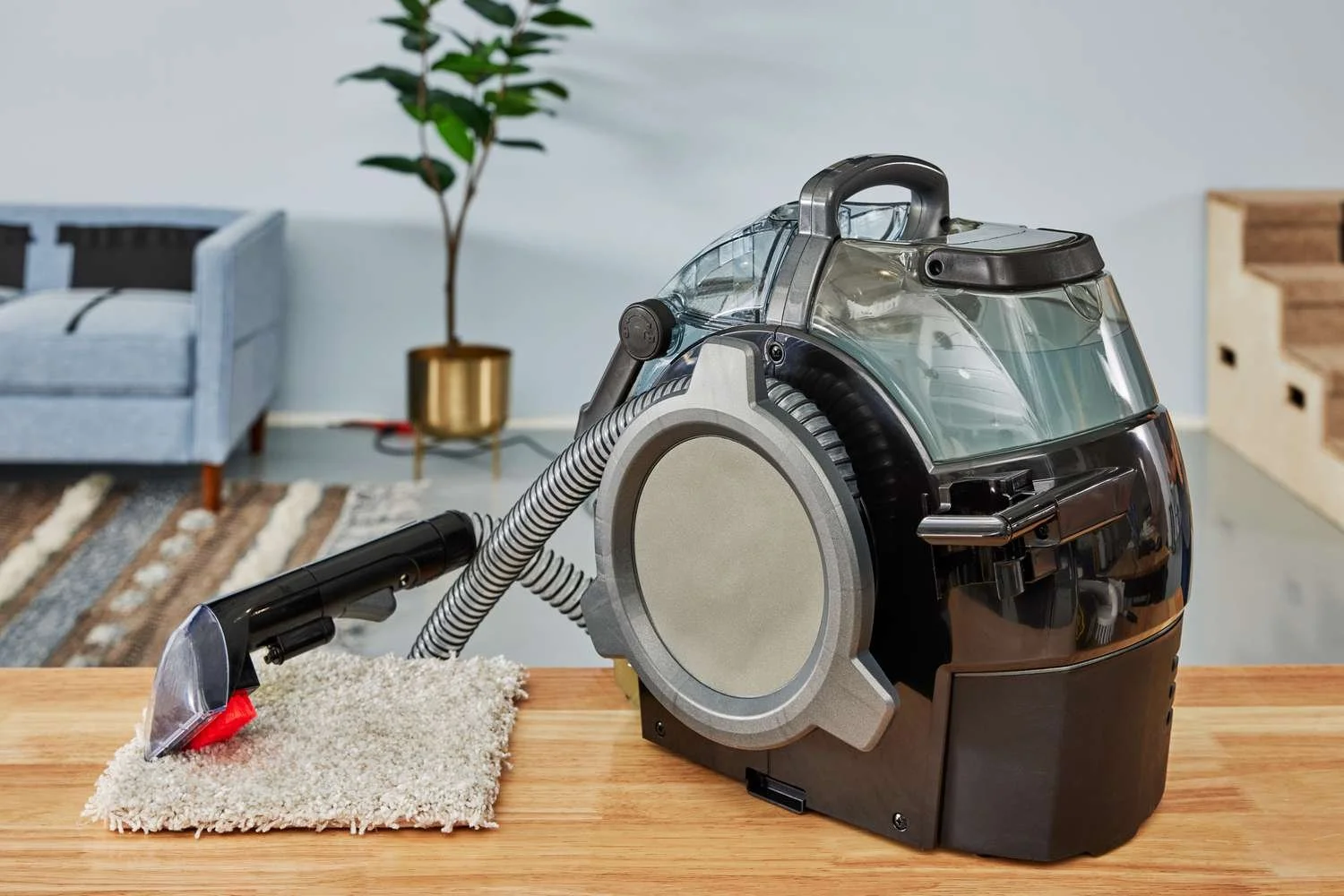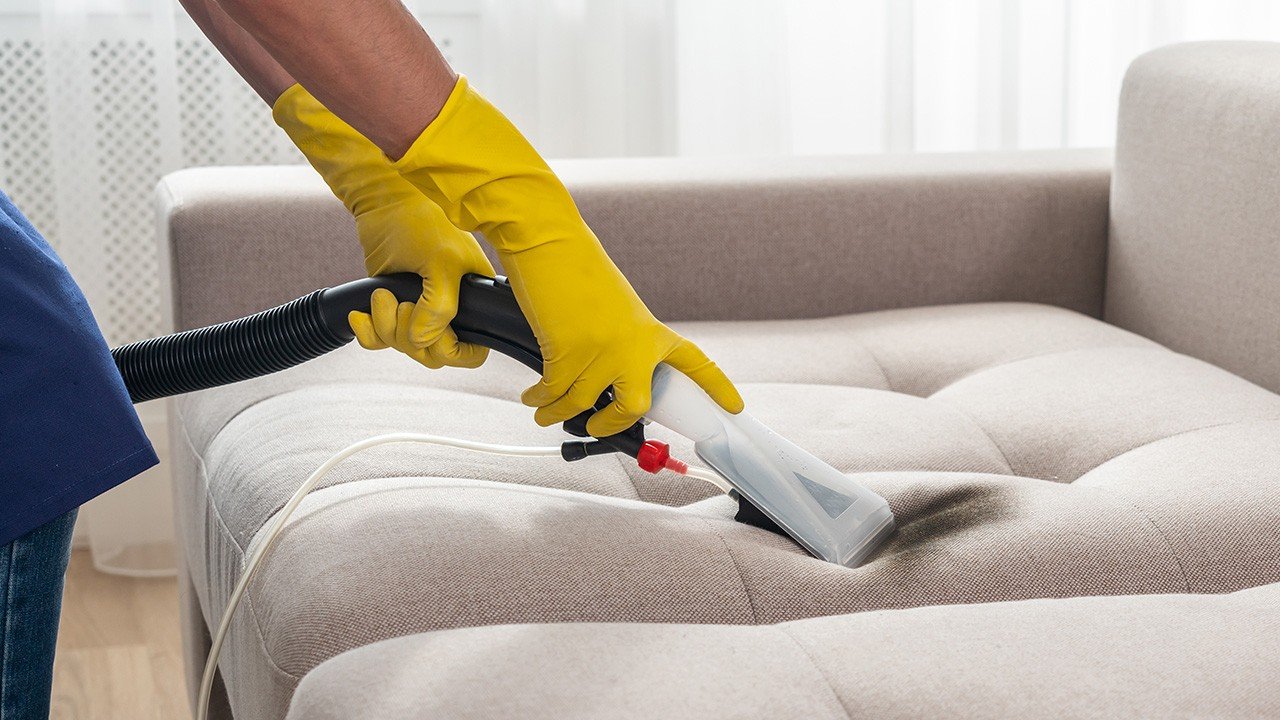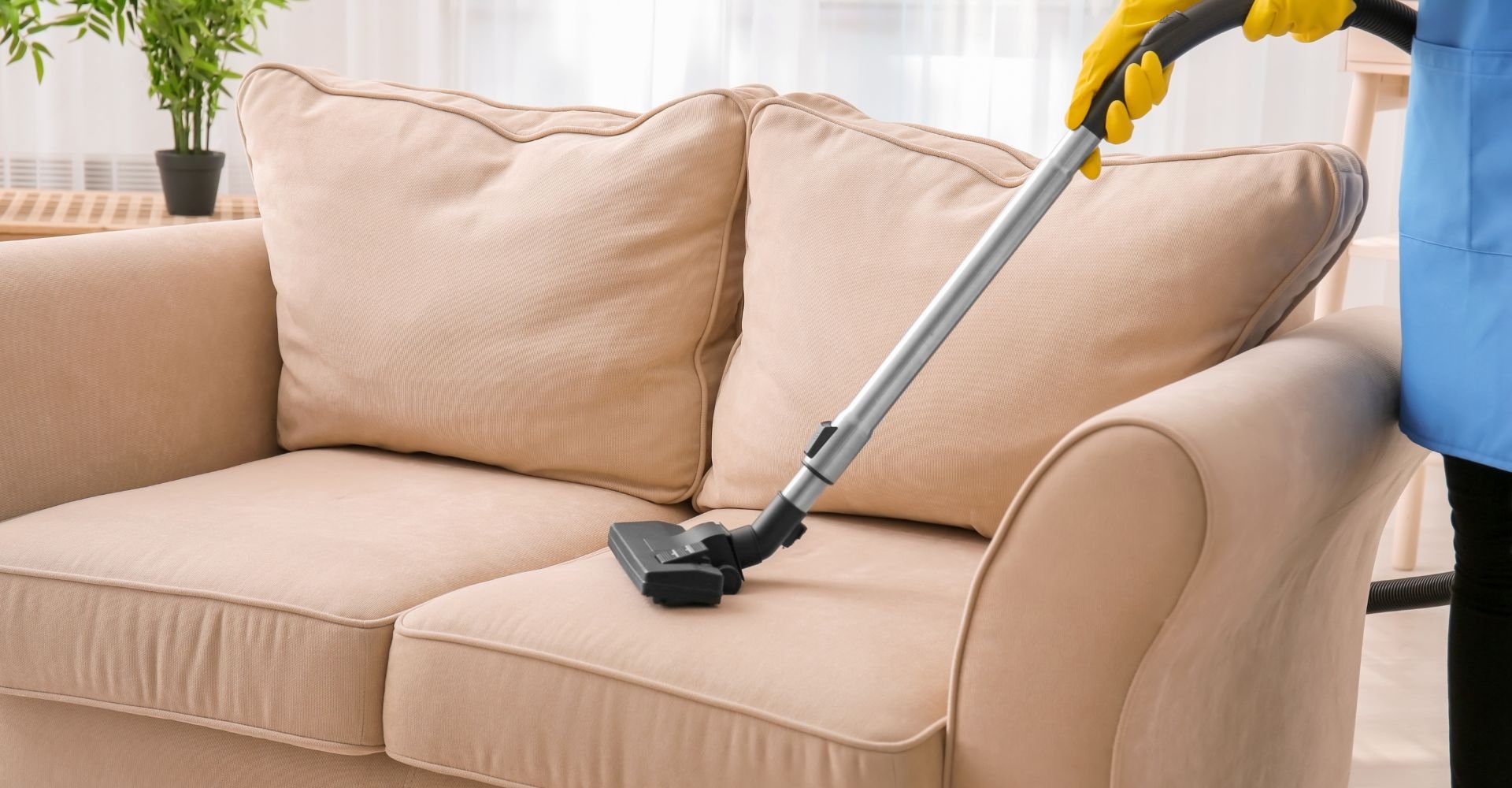Upholstery Cleaner and everything you need to know
Upholstery cleaning might not be the most glamorous aspect of home maintenance, but it's one of the most crucial for preserving the beauty and longevity of your furniture. Whether you're dealing with everyday wear and tear, accidental spills, or the inevitable messes that come with kids and pets, having a reliable upholstery cleaner on hand can make a world of difference. In this comprehensive guide, we will explore everything you need to know about upholstery cleaners, from the different types available to the best techniques for using them effectively
The importance of upholstery cleaning
Furniture is a significant investment in any home, contributing both to comfort and aesthetic appeal. However, without proper care, even the highest-quality pieces can quickly show signs of wear. Regular upholstery cleaning offers several benefits:
Prolongs Furniture Life: Dust, dirt, and debris can cause the fibres in your upholstery to break down over time, leading to fraying and deterioration. Frequent washing aids in maintaining the fabric's integrity.
Maintains Appearance: Stains and discolourations can make even the most elegant furniture look shabby. Upholstery cleaner help keep your furniture looking fresh and inviting.
Upholstered furniture may trap allergens like dust mites, pet dander, and pollen. Cleaning your upholstery reduces these allergens, improving the air quality in your home.
Eliminates Odours: Over time, fabrics can absorb odours from pets, cooking, and smoking. A good upholstery cleaner can neutralise these odours, leaving your furniture smelling fresh.
Enhances Comfort: Clean furniture is more comfortable to use. Removing dust and debris makes the fabric feel softer and more pleasant to sit on.
Types of Upholstery Cleaner
Upholstery cleaners come in various forms, each suited to different types of stains and fabric materials. rundown of the most common types:
Water-Based Cleaners: These are versatile and generally safe for a wide range of fabrics. They are ideal for removing water-soluble stains like juice, coffee, and everyday dirt.
Solvent-Based Cleaners: These are effective for tougher, non-water-soluble stains like grease, oil, and ink. However, they must be used with caution, as they can potentially damage certain fabrics.
Foam Cleaners: Foam cleaners are excellent for spot cleaning. They penetrate the fabric to lift dirt and stains without soaking the material, which helps prevent water damage and reduces drying time.
Dry Cleaners: Dry cleaning solvents are used for fabrics that cannot tolerate moisture. They dissolve stains and dirt, making them suitable for delicate and non-water-resistant materials.
Enzymatic Cleaners: These cleaners contain enzymes that break down organic stains such as blood, sweat, and food. They are particularly effective in homes with pets or children, as they can also eliminate odours.
How to Choose the Right Upholstery Cleaner
Choosing the right upholstery cleaner involves considering the type of fabric, the nature of the stains, and your personal preferences regarding ingredients and application methods.
Fabric Type: Always check the furniture’s care label to determine the type of fabric and any cleaning restrictions. Some materials, like silk or velvet, require special care and specific cleaning solutions.
Stain Type: Different stains require different treatments. Identify whether the stain is water-based, oil-based, or organic to choose the most effective cleaner.
Ingredients: If you prefer natural or eco-friendly products, look for cleaners with non-toxic, biodegradable ingredients. These are safer for both the environment and your family.
Ease of Use: Consider the application method that suits your needs. Sprays and foams are convenient for quick spot treatments, while liquid solutions may be better for deep cleaning sessions.
Reviews and Recommendations: Research product reviews and ask for recommendations from friends or professionals. This can provide insights into a product’s effectiveness and any potential drawbacks.
How to Use an Upholstery Cleaner Effectively
Vacuum First: Before applying any cleaner, thoroughly vacuum the upholstery to remove loose dirt, dust, and debris. By doing this, during cleaning, these particles are kept from being lodged in the cloth.
Spot Test: To make sure the cleaner doesn't harm or discolour the furniture, always conduct a spot test on a discrete section of it.
Follow Instructions: Read and follow the manufacturer's instructions on the cleaner’s packaging. This ensures you use the product correctly and achieve the best results.
Apply Cleaner: Apply the cleaner to the stained or soiled area using the recommended method (spray, foam, etc.). Use a clean cloth or brush to gently work the cleaner into the fabric.
Blot, Don’t Rub: Blot the area with a clean, dry cloth to absorb the cleaner and loosened dirt. Avoid rubbing, as this can spread the stain and damage the fabric fibres.
Rinse if needed: Some cleaners may require rinsing with water. If so, use a clean, damp cloth to wipe away any residue.
Allow to Dry: Let the upholstery air dry completely before using the furniture again. Speed up the drying process by using fans or opening windows for better air circulation.
DIY Upholstery Cleaner Recipes
For those who prefer a more natural approach, homemade upholstery cleaners can be just as effective. Here are a few DIY recipes:
Vinegar and Baking Soda Solution: Mix equal parts white vinegar and water in a spray bottle. Spray on the stain, then sprinkle baking soda over the area.
Dish Soap and Warm Water: Warm water should be mixed with a few dish soap droplets. After lightly blotting the affected area, dab a cloth with the solution. Rinse with a clean, damp cloth.
Hydrogen Peroxide and Dish Soap: Combine one part dish soap with one part hydrogen peroxide. Apply it to the stain and use a gentle brush to gently scrub. Rinse and blot dry.
Rubbing Alcohol and Vinegar: Mix equal parts rubbing alcohol and vinegar. Apply it to the stain, then use a fresh cloth to blot. This solution works well for ink and tough stains
Maintaining Your Upholstery
Regular maintenance can reduce the need for deep cleaning and keep your upholstery looking its best. Here are some tips:
Vacuum Regularly: Vacuum your upholstery weekly to remove dust and dirt. Use a vacuum with a brush attachment for the best results.
Rotate Cushions: Rotate and flip cushions regularly to distribute wear evenly and prevent sagging.
Use Protective Covers: Consider using slipcovers or throws to protect your furniture from spills and stains, especially in high-traffic areas or homes with children and pets.
Address Spills Immediately: Act quickly when spills occur. To stop stains from settling, blot the spill with a fresh cloth and use the proper cleanser.
Schedule Professional Cleaning: Depending on the fabric and usage, professional upholstery cleaning every 12-18 months can help maintain the fabric’s condition and prolong the life of your furniture.
Exploring advanced upholstery cleaning techniques
Beyond the basics, advanced upholstery cleaning techniques can offer deeper cleaning and maintenance solutions. Let's explore some of these methods:
Steam Cleaning: Steam cleaners use hot water vapour to loosen dirt and stains from upholstery. This method is effective for deep cleaning and sanitising fabrics, as the high temperature kills bacteria and dust mites. However, not all fabrics can withstand steam cleaning, so it’s essential to check the care label before using this method.
Carbonation Cleaning: This technique uses carbonated water to create millions of tiny bubbles that lift dirt to the surface of the fabric, where it can be easily extracted. This method is gentle on fabrics and uses minimal water, resulting in faster drying times. It's a chemical-free, environmentally friendly alternative.
Environmental Impact of Upholstery Cleaners
As awareness of environmental issues grows, many people are looking for eco-friendly cleaning solutions.
Choose Green Products: Look for upholstery cleaners labelled as eco-friendly or biodegradable. Because they are made of natural substances, these goods pose less of a threat to the environment.
DIY Solutions: Homemade cleaners using common household ingredients like vinegar, baking soda, and lemon juice can be effective and environmentally friendly.
Reduce Waste: Use reusable cloths and brushes instead of disposable wipes or paper towels. This reduces waste and is more sustainable.
Proper Disposal: Dispose of cleaning products according to local regulations to prevent chemical pollutants from entering the environment.
Water Conservation: Use water-based cleaners sparingly and avoid excessive water use. This keeps your furnishings safe from any water damage, in addition to conserving water.
Upholstery Cleaner Myths Debunked
There are several myths about upholstery cleaning that can lead to ineffective or even damaging practices. Let’s debunk some common misconceptions:
Myth: All Cleaners Are the Same: Not all upholstery cleaners are created equal. Different formulations are designed for different types of stains and fabrics. Improper cleaning can cause damage to upholstery.
Myth: More Cleaner Means Better Results: Using more cleaner than recommended can oversaturate the fabric and lead to residue buildup, which can attract more dirt. Always follow the recommended amounts.
Myth: Scrubbing harder removes stains faster: Vigorous scrubbing can damage the fabric fibres and spread the stain. Blotting and gentle cleaning are more effective and safer for the fabric.
Myth: DIY Cleaners Are Always Safe: While DIY cleaners can be effective, not all homemade solutions are safe for all fabrics. It’s important to test a small area first and avoid ingredients that can cause discolouration or damage.
Myth: Professional cleaning is unnecessary. Professional cleaning provides a level of deep cleaning and expertise that DIY methods cannot match. It's a useful service to keep your upholstery looking good and lasting longer.
Upholstery cleaners are an essential tool for maintaining the beauty and functionality of your furniture. By understanding the different types of cleaners, their benefits, and how to use them effectively, you can ensure your upholstery remains in top condition. Regular cleaning not only enhances the appearance of your furniture but also contributes to a healthier living environment. Whether you choose commercial products, DIY solutions, or professional services, investing in proper upholstery care is a decision that pays off in the long run. Therefore, appreciate the comfort and style of well-maintained furniture in your house and embrace the power of upholstery cleaners.








